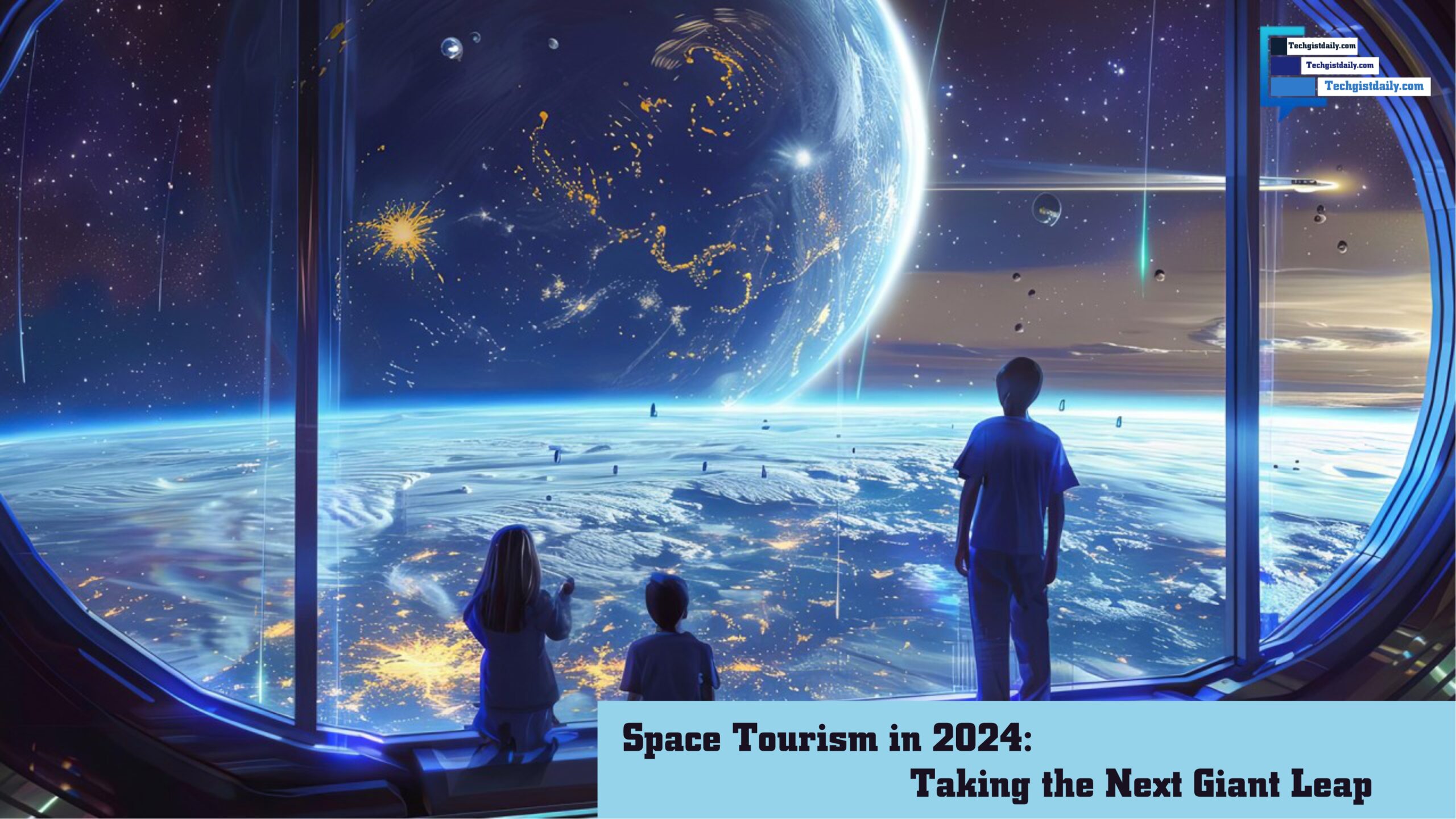What was once the stuff of science fiction, space tourism finally arrives in 2024, with a number of private companies offering commercial spaceflights to members of the public. Although the industry is still in its infancy, advances in technology, increased competition, and growing demand for new travel experiences are driving rapid evolution.
This year is indeed a marking point for space tourism: from a highly niche market, it is now starting to open up as an accessible opportunity for thrill-seekers and well-moneyed adventurers.
1. Key Players within the Space Tourism Industry
A few private companies which are in the lead to develop space tourism business include:
- The New Shepard rocket, led by Jeff Bezos of Blue Origin, has had several successful suborbital flights to date. It is designed to give a very short but thrilling period of weightlessness; the spacecraft just reaches the edge of space and falls back to Earth.
- Virgin Galactic, operated by Richard Branson, continued flights on its suborbital vehicle SpaceShipTwo. This allows passengers an onboard experience of a few minutes of weightlessness with some breathtaking views of Earth from space.
- SpaceX, led by its founder Elon Musk, has its sights on longer-duration spaceflights that could include, in the near future, trips around the moon or even to Mars. Similarly, Starship from SpaceX is designed for deep space travel but, while it hasn’t taken tourists into space just yet, does have ambitious private missions to the moon planned soon.
Each of them has different targets in mind, from short suborbital flights that offer a few minutes of weightlessness to more extended and ambitious orbital trips.
2. Space Tourism Packages and Costs
By 2024, space tourism remains for the rich because the technology is expensive. The ticket prices for suborbital flights range between $200,000 and $500,000, according to various providers of this ticket.
These several-hour flights allow the passengers a time that can permit them to spend a few minutes in space, where they could be out of the Earth’s pull with the stunning panoramic views of Earth at the boundary of space.
However, those who would wish to venture onto orbital spaceflights can prepare for costs that are an order of magnitude higher, or even a few tens of millions of dollars.
These kinds of trips will take individuals on a tour around Earth, that is, a complete one orbit of our home planet, which also includes the future missions to be undertaken by SpaceX: like the dearMoon project, involving a week-long expedition that takes tourists to the moon and back.
Though costly at the moment, this cost is subjected to being reduced with time as the technology involved improves and more operators are added to the service.
In addition to there being more competitors, prices are liable to drop to an affordable amount for those wishing to take advantage of space travel.
3. How Does One Experience Space Tourism?
Space tourists deserve a once-in-a-lifetime experience of the following:
- Zero gravity: When the suborbital spaceship reaches the edge of space, passengers can experience the feeling of weightlessness while floating freely inside the cabin.
- Breathtaking views: through the spacecraft windows, tourists can observe the curvature of Earth, the thin blue line of the atmosphere, and the stunning view of space.
- Unparalleled perspective: many tourists report a so-called “overview effect”-a less-casual cognitive shift in viewpoint that occurs when one views Earth from space-which generally results in a new appreciation for the fragility of the planet.
The training is complete with preparedness on the spacecraft and even a taste of the physical demands of the flight before embarking on it.
4. Challenges and Ethical Issues
Despite its excitement, space tourism faces a few challenges:
- Safety: Safety is one of the biggest concerns as far as passengers are concerned. Space tourism companies have indeed conducted numerous test flights, but the danger involved in space travel remains very high, and safety for civilians must be ensured.
- The Environment: Some critics say space tourism will carry a big environmental footprint. Emission from rockets alone, for trips that are not necessary, contributes to climatic change and may have long-term environmental impacts.
- Economic inequality: It is only open to the ultra-wealthy few, which raises questions of equality. The hope is that with more and more companies entering this developing sector, the competition will drive down their prices, making space travel more possible with a wider range of people.
5. The Future of Space Tourism
While the near future of space tourism appears bright, the prospects for even greater things are tantalizing. Companies like SpaceX are proposing lunar-and possibly Mars-missions, offering much more than a brief suborbital experience.
The future will bring orbiting hotels, such as those proposed by Orbital Assembly Corporation, that may offer stays of several weeks in low Earth orbit, fully equipped with luxurious amenities and spectacular views.
Moreover, advanced reusable rocket technology can reduce the cost of space traveling to a minimum, thereby making space tourism possible for many. In time, it would be as common as air travel is nowadays.
Space tourism in 2024 aims at stretching the limits of human adventure and exploration. While this is an elite experience today, constant technological development and market competition may make space travel possible some day for ordinary people, opening a whole new frontier beyond Earth.








